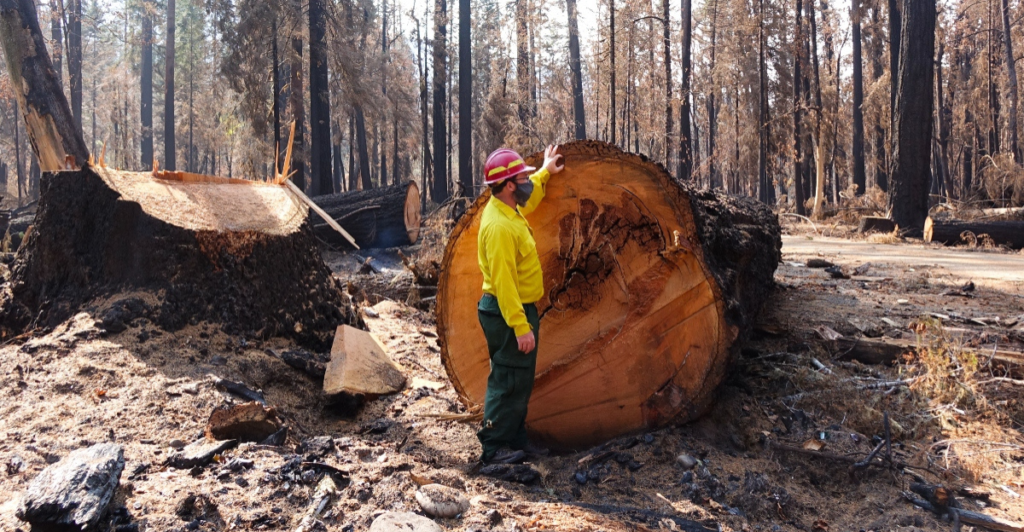
In March 2025, President Donald Trump signed an executive order that called for a significant increase in logging across 280 million acres of federal forests and BLM lands. The plan targets a 40% yearly increase in timber sales and reduces protections under the Endangered Species Act. Citing “national security,” it also quickens approvals by skipping environmental reviews and limits consultation with tribal communities.
This could turn rich, diverse forests into single-species tree farms, which would put over 1,600 vulnerable species at risk and release 2.4 billion metric tons of stored carbon. By choosing timber executive Tom Schultz to lead the Forest Service, the administration shows support for industry over conservation, even though clear-cutting is known to worsen wildfire risks and soil erosion.
2. Historical Precedent – From Conservation to Exploitation
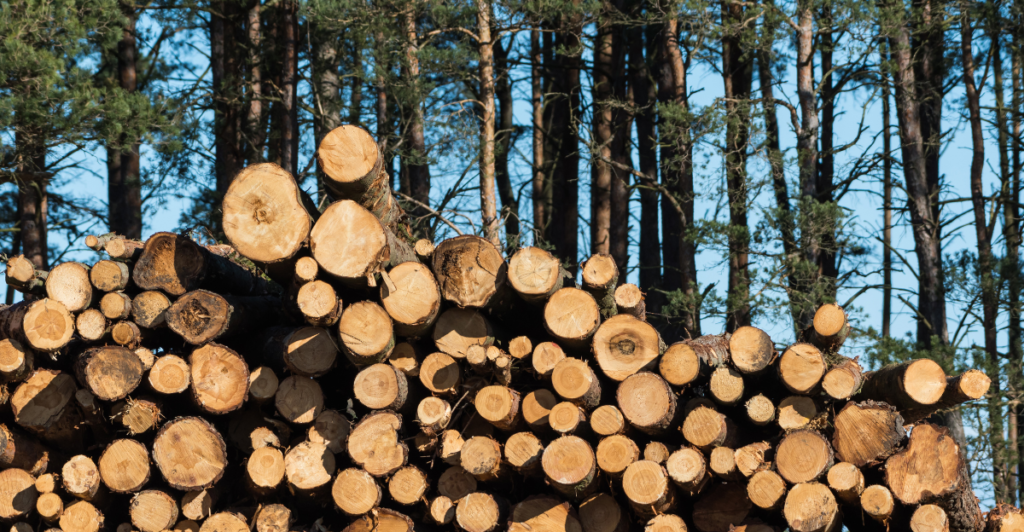
After World War II, federal forest management moved away from Teddy Roosevelt’s conservation values toward profit-focused logging. The 1976 National Forest Management Act (NFMA) helped limit widespread clear-cutting, but legal battles in the 1990s, especially over Northern Spotted Owl habitats, revealed ongoing overharvesting problems.
The current executive order mirrors logging policies from the 1950s that focused on timber production at the expense of forest health. It overlooks important lessons from the 2000s when sustainable management helped lower wildfire severity by 18% in treated areas. Bringing back extractive models now jeopardizes 50 years of progress in balancing economic and environmental needs.
3. Ecological Domino Effect – Carbon and Biodiversity Collapse

The U.S. lost 104 million acres of forest between 2001 and 2020, emitting 775 million tons of CO₂ annually. The order’s logging surge could potentially triple these losses and strip forests of mature trees that store three times more carbon than saplings.
The use of heavy machinery and the spread of invasive plants like Scotch broom could lead to soil damage, cutting forest regrowth by up to 60% in nutrient-poor areas like the Pacific Northwest. This also threatens endangered species like the Northern Spotted Owl and red-cockaded woodpecker, whose habitats would be further damaged, pushing them closer to extinction in a time of growing climate stress.
4. Economic Mirage – Short-Term Gains, Long-Term Bust

Since 1990, the number of U.S. logging businesses has dropped by 30% due to industry consolidation, giving more control to large corporations like Idaho Forest Group. Although the executive order claims to support rural economies, high diesel prices, which have gone up 138% since 2020, and increased automation are making it harder for small logging companies to survive.
Since 2020, Southern sawmills have expanded by 4 billion board feet in capacity, focusing on volume rather than sustainable practices. This growth risks creating a “timber bubble,” especially as global demand for carbon credits shifts the value toward forest conservation. By 2030, the combined impact of soil degradation and wildfire damage could outweigh logging profits by as much as $12 billion each year.
5. Wildfire Fallacy – Fueling the Flames
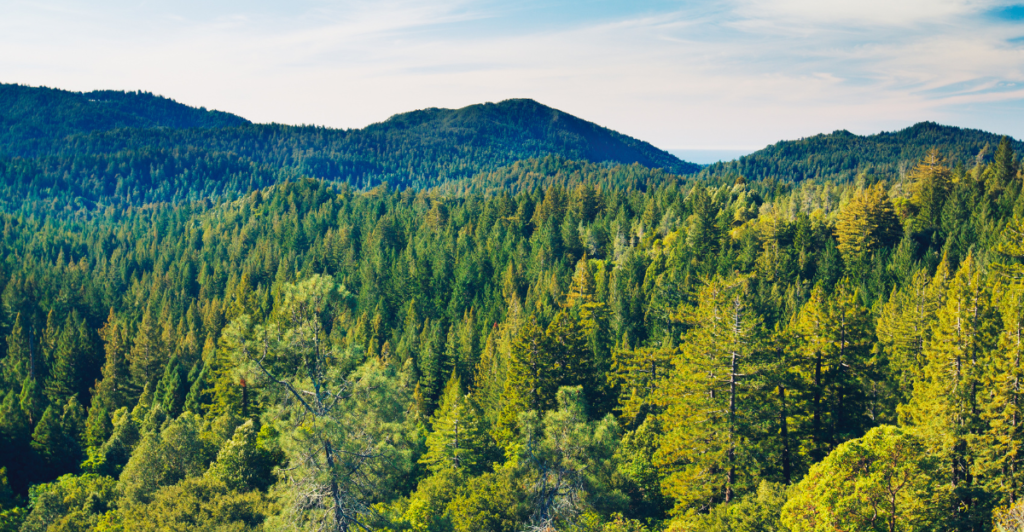
The administration falsely frames logging as wildfire mitigation despite studies showing mature trees reduce fire spread by 22% through shade and humidity retention. Clear-cutting leaves behind dry debris and encourages the spread of invasive plants, both of which raise the risk of wildfires, especially in drought-prone states like Oregon and Washington.
Areas that have been logged are 40% more likely to experience severe wildfires, like the 2023 Bootleg Fire that burned 413,000 acres of logged land. Shifting $3 billion a year from logging subsidies to controlled burns and safer communities could cut firefighting costs by $8 billion annually.
6. Global Hypocrisy – Undermining Climate Leadership
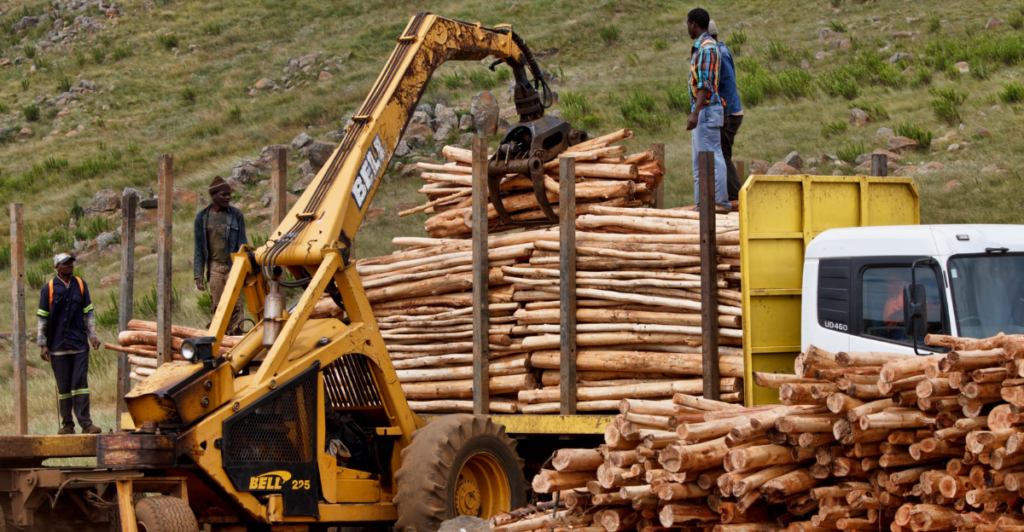
While the U.S. pressures Brazil to curb Amazon deforestation, this order greenlights equivalent destruction domestically. Proven methods like Reduced-Impact Logging (RIL-C), which lowers emissions by 50% and increases timber yields by 20%, are being overlooked in favor of outdated logging practices.
The EU’s Carbon Border Adjustment Mechanism could label U.S. timber exports as “high-carbon” goods, putting $14 billion in yearly trade at risk. At the same time, carbon markets offer up to $30 per ton for preserving forests, which is income that’s lost when forests are clear-cut.
7. Corporate Capture – The Timber Lobby’s Playbook

Appointing Tom Schultz as Forest Service Chief highlights regulatory capture, similar to how the fossil fuel industry has influenced the EPA. The order’s timber goals closely match the American Forest Resource Council’s 2024 lobbying push to “unlock” federal forests for logging.
Internal documents show plans to approve over 200 pending timber sales in habitats protected by the Endangered Species Act, including old-growth areas in Alaska’s Tongass National Forest. This move caters to industry interests while ignoring the 79% of Americans who oppose commercial logging in protected lands.
8. Cultural Erasure – Silencing Indigenous Stewardship

Tribal nations manage forests with 40% higher biodiversity than federal lands, yet the order minimizes consultation requirements, violating 1868 Fort Laramie Treaty obligations.
The Menominee Tribe’s sustainable forestry model, which harvests 1% of timber annually while maintaining old-growth canopies, proves that responsible logging is possible. However, policymakers overlook this approach. By ignoring traditional ecological knowledge, the order puts 12 million acres of tribal-managed forests and a $1.2 billion subsistence economy at risk.
9. Solutions – Profit Without Pillage
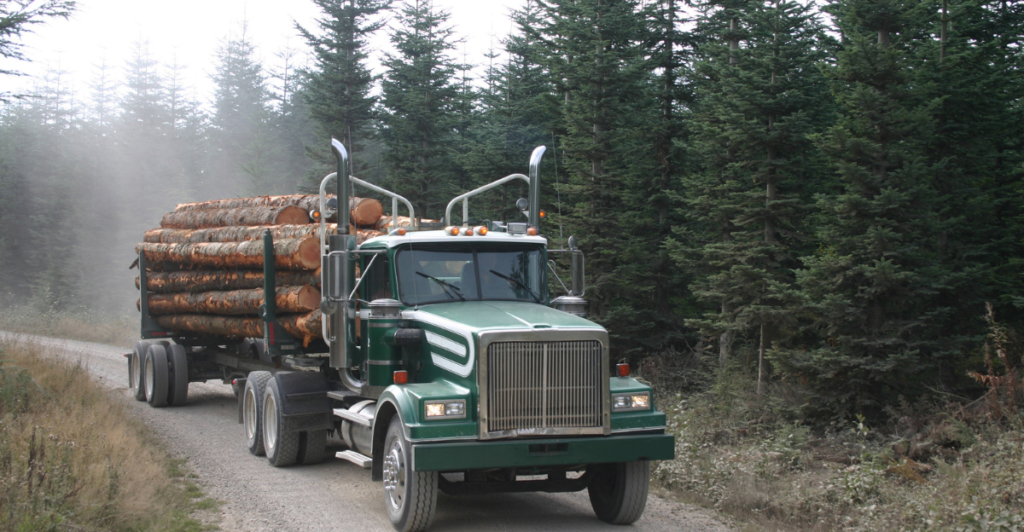
Adopting reduced-impact logging (RIL-C) could cut emissions by 50% while increasing long-term timber yields by 10–20%. Retaining logging debris improves soil fertility by 35% and reduces invasive species spread, which saves $400/acre in reforestation costs.
Carbon financing and eco-certifications offer revenue streams for sustainable operators, with demand growing 24% each year. Legislation like the proposed Forest Recovery Act could redirect subsidies to these methods, aligning economic and climate goals.
10. A Crossroads for Democracy
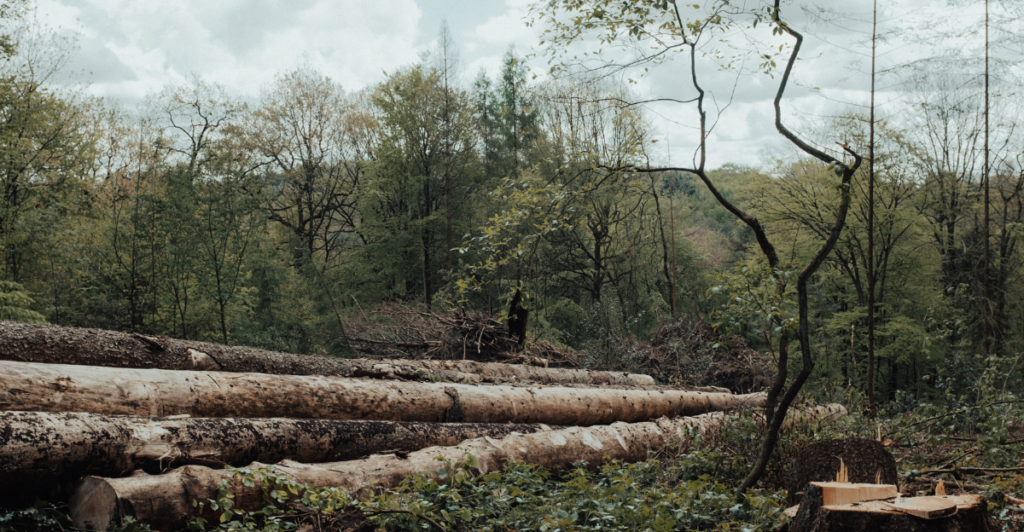
This executive order reflects short-term thinking and sacrifices irreplaceable ecosystems for minimal industry benefits. The ripple effects could be severe: collapsing biodiversity, water shortages for 60 million people who depend on forest watersheds, and disruptions to global carbon markets.
Legal challenges under NEPA and ESA could delay implementation, but lasting damage requires grassroots mobilization. By framing forests as a climate asset, not a commodity, voters can demand policies that honor Roosevelt’s legacy and preserve wildlands for generations, not quarterly earnings.
Explore more of our trending stories and hit Follow to keep them coming to your feed!

Don’t miss out on more stories like this! Hit the Follow button at the top of this article to stay updated with the latest news. Share your thoughts in the comments—we’d love to hear from you!







